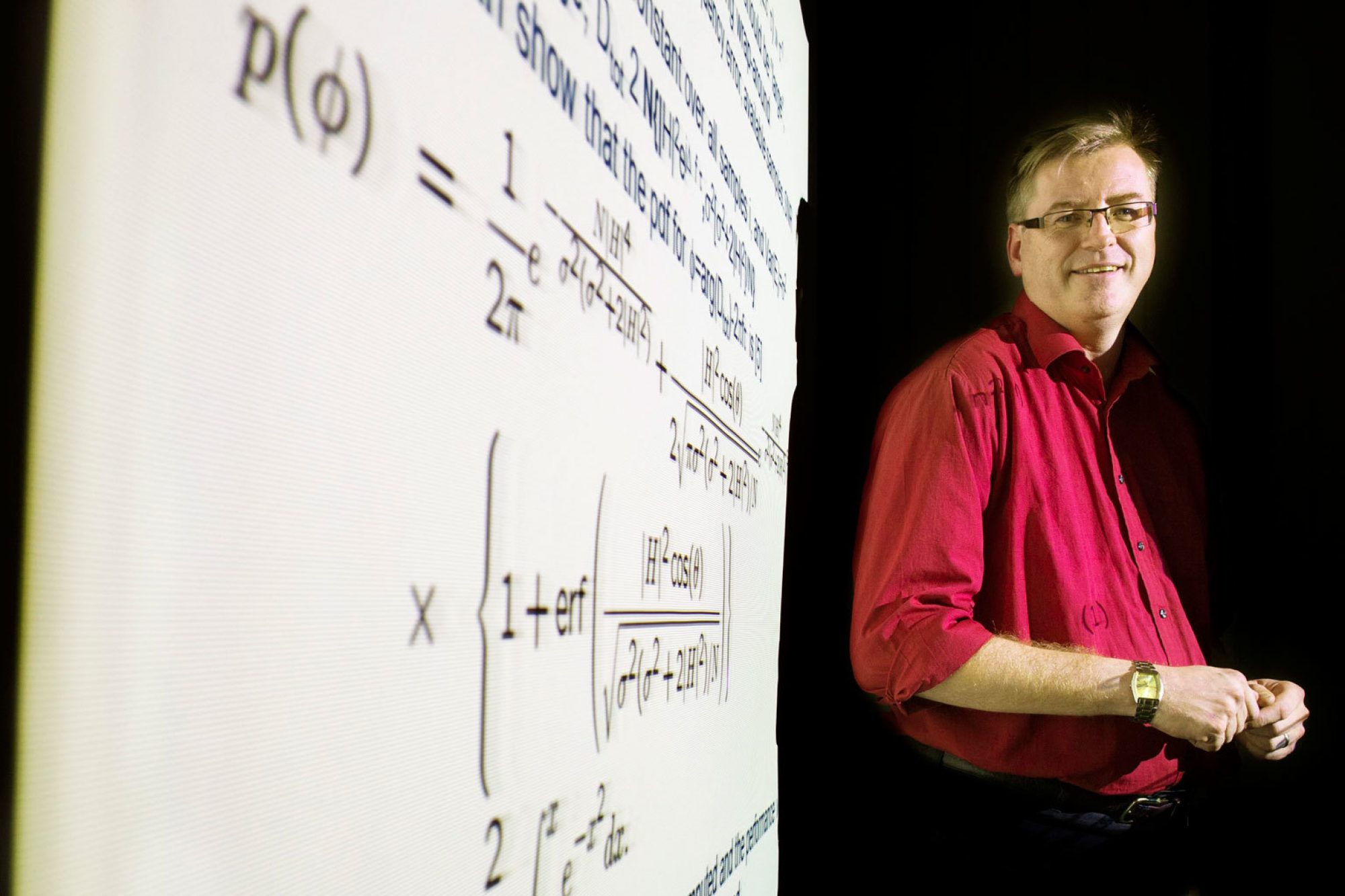Next step in the writing of the invention disclosure is to summarize the core of the invention. Now when the flow chart and/or block diagram is drawn, one probably can condense the core of the invention based on the drawing. I used do that in terms of “pseudo-claims”. Claims in a patent or patent application, define, in technical terms, the extent, i.e. the scope, of the protection conferred by a patent, or the protection sought in a patent application.
Since I have no formal education in the noble art of writing formal patent text – I have learned patent creation the street-smart way ? – I will by no means say that I can write formal claims, but something this is intended to be close to actual claims. I believe this will help the patent attorney drafting the patent to easier understanding of the steps I believe is novel and inventive.
Taking the fictive flow chart example, I showed in the last blog update, the corresponding pseudo-claims could be something like
1 A method implemented in a unit for determining a characteristic value of a received signal, the method comprising the steps of
- determining a set of values for a first and second received signal
- computing average of values for first and second received signal
- determining a compensation value
- based on computed average value and determined compensation value obtaining a characteristic value of the received signal
2 1 and further where the compensation value is based on received signal to noise ratio
3 1 and characteristic value is further used in further xxx action of the received signal
Number 1 describes the main steps (corresponding to the boxes in the flow chart I believe was the novel and inventive steps, i.e. 100,110,130,140). Number 1 can be seen as a proposal of actions that should be covered in the main claim.
Number 2,3 describes further details (the other boxes in the flow chart (no 2, 120 and no 3, 150), and can be seen as sub claim proposal)
Now, when finalized the drawings and core of invention you have – I will say – done the majority of the invention disclosure and the next step is then to write the background and detailed description.
